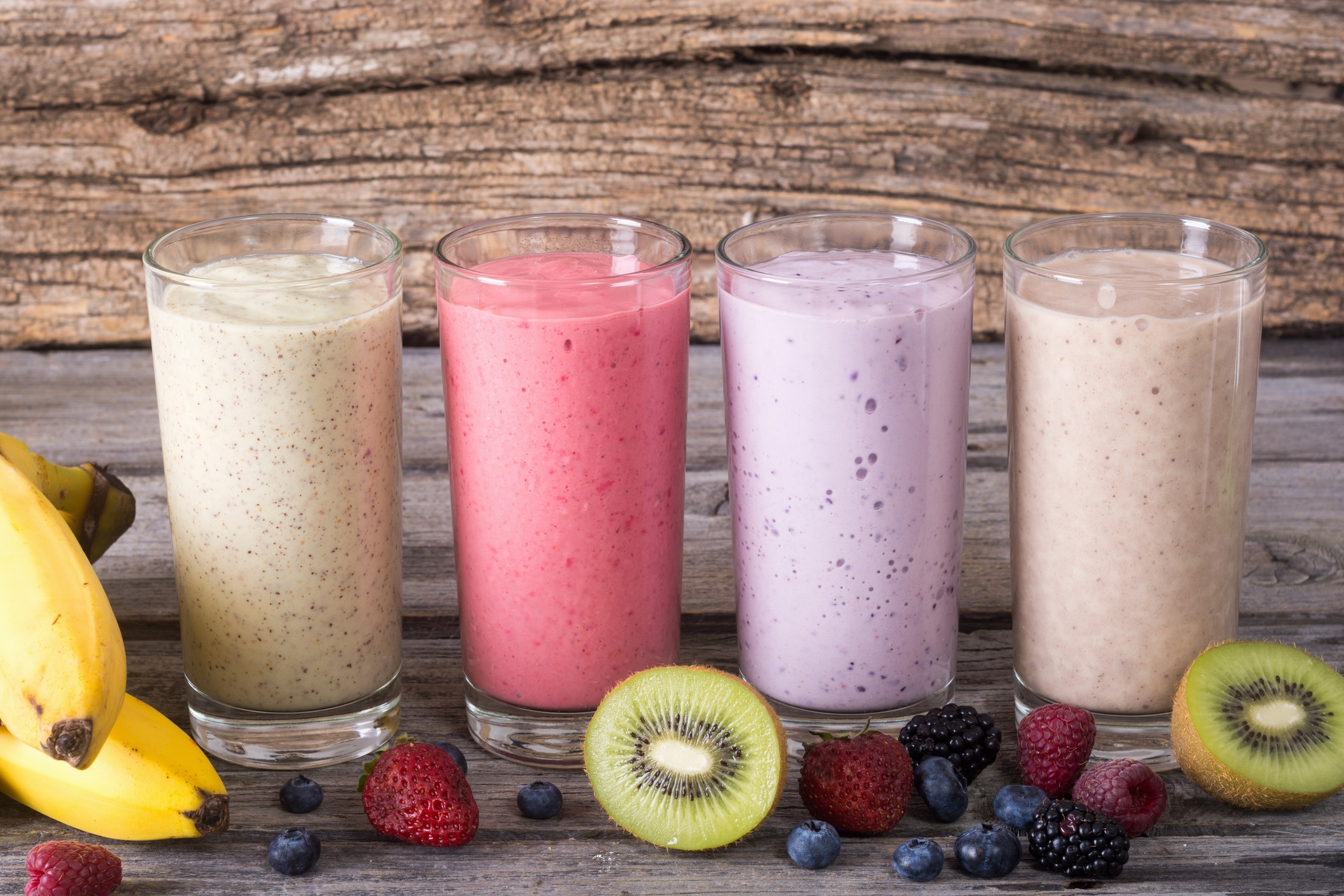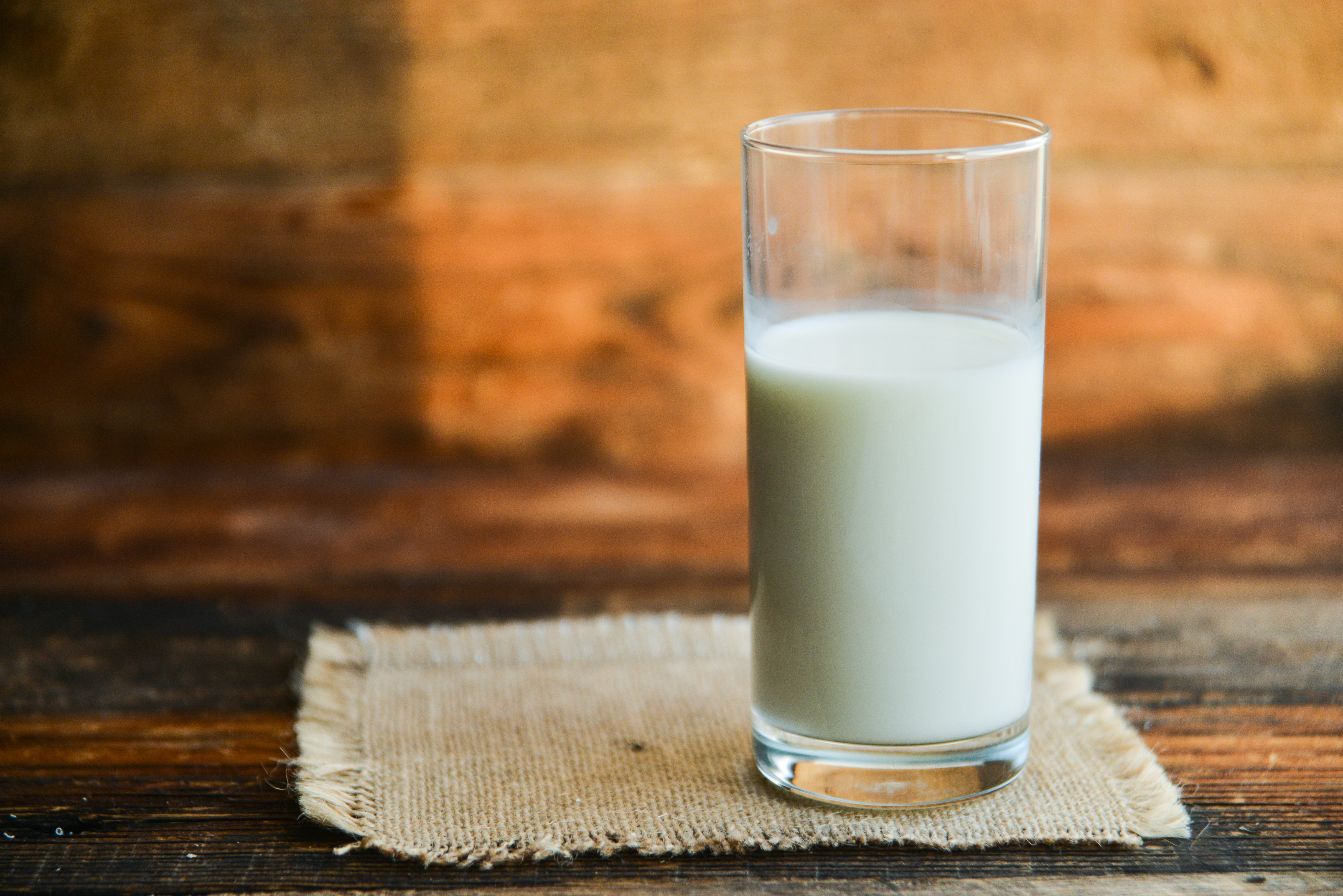Student-athletes generally need more calories than their non-athlete counterparts, and that means more food. But with food costs rising, eating enough nutritious food can be challenging, especially if money is tight. Here are some tips to help you eat healthy on a budget.
Buy Nutritious, Budget-Friendly Foods
Protein-Rich Foods
Shop for protein-rich foods that also provide a variety of nutrients to meet the higher needs of student-athletes. Dairy products, like milk, yogurt and cheese, are great choices because in addition to protein, they supply other essential nutrients, like calcium and vitamin D, that are important for bone health. One cup of milk supplies 8 grams of high-quality protein and 13 essential nutrients. With the cost of a gallon of 2%milk averaging approximately $4.28,that’s just slightly over $0.26 per 8 ounces. *Another nutrient-rich, budget-friendly way to meet protein needs is to eat plant-based sources, such as beans, peas, lentils, and other legumes, which also supply fiber to maintain regularity. One-half cup of black beans provides 8 grams of protein and 6 grams of dietary fiber at a cost of only $0.30. Other affordable sources of nutrient-rich protein include items like eggs, peanut butter, and canned tuna.
Carbohydrate-Rich Foods
There are two types of carbohydrates: simple and complex. Most high-level athletes need both to meet their daily carbohydrate needs. Simple carbohydrates provide energy (calories) to the body, but tend to lack vitamins, minerals and fiber. Because they are broken down more rapidly than complex carbohydrates, they can be used as a quick fuel source before, during, and after competition or training. Examples include foods like sports drinks, fruit and pretzels. Complex carbohydrates typically contain more nutrients than simple carbohydrates and take longer for the body to digest. They should be consumed as part of regular meals and snacks. Examples include oatmeal, quinoa, beans and legumes, potatoes, rice and pasta. There are loads of budget-friendly carbohydrate sources available. Look for starchy carbohydrates like beans, potatoes, rice, breads and cereals that provide a wide variety of vitamins and minerals. Choose whole-grain varieties for more fiber, when possible. When shopping for fruit, choose less expensive varieties like bananas, apples and pineapple over berries and exotic fruits. Or select canned fruit that is in 100% juice.
Dietary Fats
Like carbohydrate and protein-rich foods, not all fats are created equal. Dietary fat is found naturally in some of the protein-rich foods mentioned above such as eggs, whole or reduced-fat milk, yogurt, and cheese. In addition to those sources, student athletes should also incorporate some unsaturated fats into their eating plan. To keep choices budget-friendly, be mindful of the specific food source you choose. When choosing nuts, peanuts tend to be less expensive than cashews, pistachios or other tree nuts. That also applies to peanut butter compared to almond or other nut butters. With oils, canola oil is more budget-friendly than avocado or sesame oils.
Make a Grocery List
Sticking to a specific shopping list can help reduce overspending and food waste. When making your list, take note of what you already have at home to incorporate into meals and snacks for the week.
Look for Specials
Most major grocery stores have weekly specials. Creating your list based on what is on sale can help save money and add variety to your diet as different items will be on special each week. You can subscribe to many of these grocery store ads online or through their store apps.
Buy Store Brands
Swapping the name brand for the generic brand can save money without sacrificing the taste or quality. When looking at your options, compare the unit price of each item to the final price to help save money. It takes some time and effort, but with proper meal planning and preparation, student-athlete scan enjoy nutritious and tasty meals and snacks on a budget.





